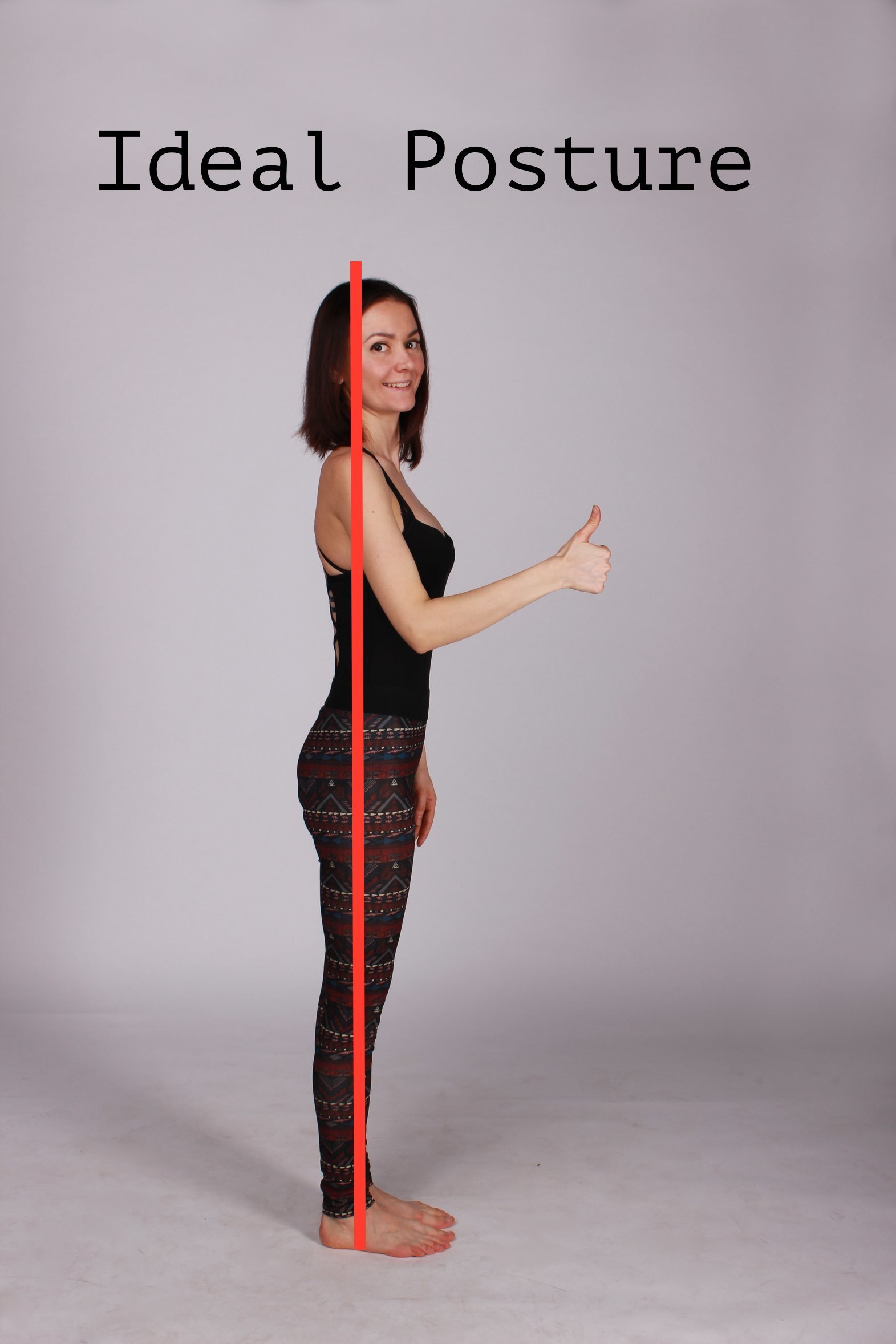“Stand up straight!”
How many times did you hear your mother say that to you as a child? She more than likely was telling you to stand up straight because you look disinterested and lazy when slouching. But did you know that your mother’s admonition is just as important for good health as it is for looking good?
Posture’s Impact on the Body
Rounded shoulders and a curved back might seem like the position your spine naturally falls into, but in fact when you have poor posture, you’re creating strain on your body that can lead to aches and pains.
Head: Poor posture is a leading cause of headaches, due to the additional straing on neck muscles.
Neck: Tilting your head forward to read on your phone or look at a screen is like putting an extra 60 pounds of pressure on your neck, which can lead to stiff and sore muscles by the end of the day.
Stomach: Slouching compresses your internal organs, which slows down the digestive process and can lead to digestive issues.
Back: Leaning forward just 30 degrees puts up to four times more strain on your back, which leads to soreness and eventually back pain.
Muscles: Poor posture means your muscles are working harder to stabilize your spine, which leads to muscle fatigue and chronic muscle pain.
When you practice good posture, you will sleep better, breathe better and avoid muscle, back and neck pain and stiffness.
Outline for Good Posture
Good posture is important 24 hours a day. Yes – even when you’re sleeping! Paying attention toyour spine and how you’re sitting, standing or lying down is important to maintaining good health.
Standing:
--Keep your chin parallel to the floor
--Shoulders open
--Spine neutral
--Arms at your side, with elbows straight and open
--Abdominal muscles braced
--Hips even
--Knees open and pointing straight ahead
--Body weight evenly distributed on both feet.
Sitting:
--Knees should be at or below hip level
--Head and neck in line with the torso
--Forearms parallel to the ground
Chair height is important to good sitting posture. Make sure your chair is at the height where
your feet can rest flat on the ground.
Sleeping:
--Put a pillow underneath your knees
--Think about aligning your ears, shoulders and hips on a flat plane
The best sleep position for good posture is the back, but most adults prefer to sleep on their side. In this case, consider placing a pillow between your knees and get the right size pillow that lifts your neck up off the mattress, to reduce aches and pains.
Chiropractic Help for Better Posture
Millions of Americans suffer from poor posture, but luckily it is a practice that can be reversed. One key factor is to make yourself aware of your posture and the alignment of your back on a regular basis.
We offer help with new habits for better posture, atall times of the day. Dr. Foster can do a work-up to identify posture imbalances in the body, and determine what to work on. A spinal alignment can help, but it’s not the only treatment. Sessions focusing on posture might include adjustments to the shoulder. This increases the movement in the joints and reduces tension in surrounding muscles.
If you’re suffering from headaches and neck pain, it could be your posture is the cause of your troubles. Call our offices today to set up an appointment and let Foster Chiropractic give you the tools you need for better posture, 24 hours a day.

